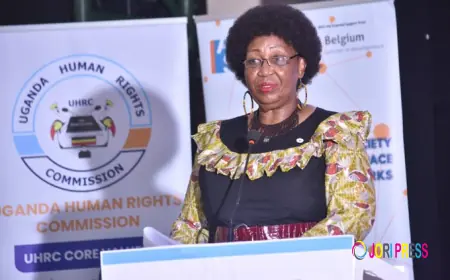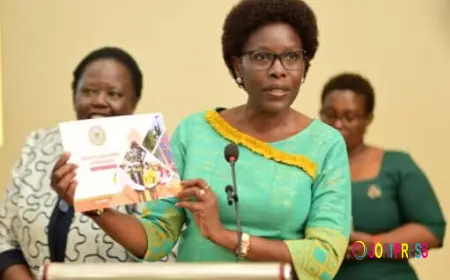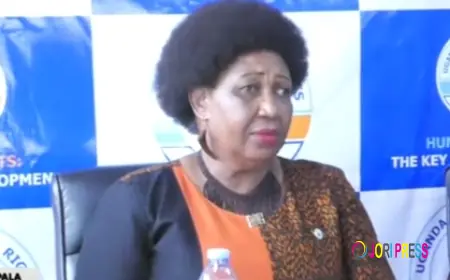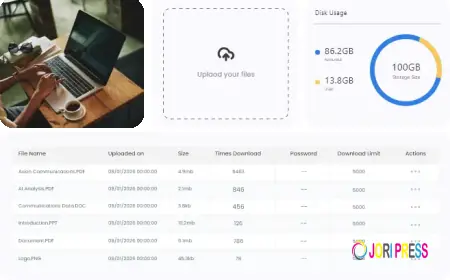Women's Cricket Around the World: A New Era Begins
This is a turning point, not merely a marketing campaign or statistical revolution. A new chapter has been opened by the perseverance of players, the encouragement of administrators, the adoption of technology, and the growing voices of supporters.
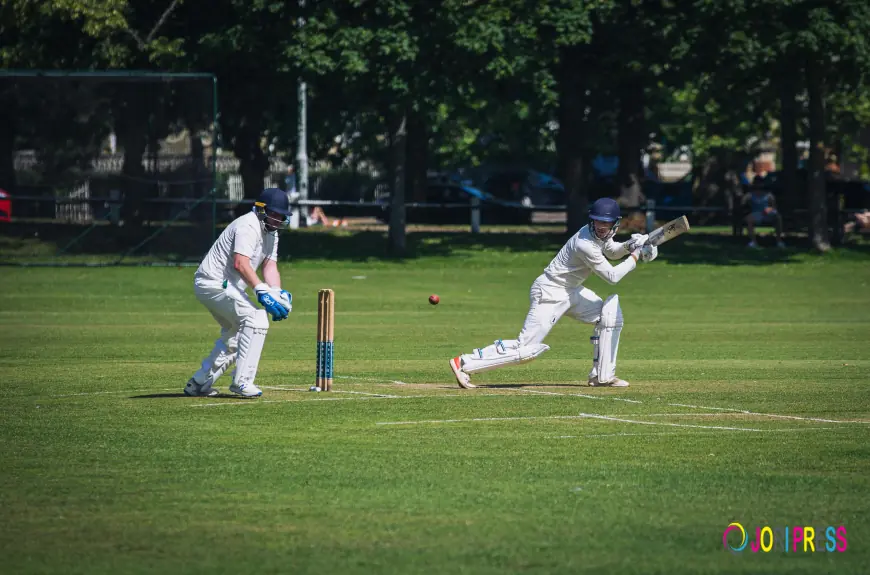
Women are taking to the field with purpose, passion, and an unwavering belief that a new era of cricket has truly begun in every part of the game today. After being marginalized and eclipsed by its male counterpart, women's cricket is now taking center stage in stadiums, living rooms, social media, and the hearts of supporters who have long yearned for equality, acknowledgment, and celebration. A vibrant, obvious, and visceral change is taking place everywhere from the sun-drenched fields of Australia to the rain-soaked fields of England, from the humming stadiums of India to the new stadiums in Africa and the Americas.
We are seeing a cultural awakening across continents
where girls think they can become elite cricket players and fans think women's matches are must-see events. This is more than just an increase in numbers or fixtures. The 2025 ICC Women's Cricket World Cup has generated previously unheard-of interest in India and Sri Lanka, attracting large crowds, media coverage, and corporate support. It is truly historic that the prize money for this women's edition has surpassed that of the men's 2023 tournament, sending a strong message that women's cricket merits equal recognition and compensation.(In fact, the ICC has increased the women's prize pool to $13.88 million, which is more than the men's prize pool.) Scorecards are no longer the only focus, though, as viewers now want access to "Live Cricket Score" updates, in-app notifications, real-time graphics, and player insights. Broadcasters are adjusting to these demands.
A historic strategic partnership—the ICC's women-only partnership with Google
stands in the background of this worldwide upsurge. This partnership is an infrastructure advancement rather than just a branding exercise. Through the use of Google's technology, whether it be through search, data intelligence, apps, or augmented reality, women's cricket can now reach new audiences, increase the emotional impact of each run or wicket, and turn indifferent onlookers into devoted superfans. With the help of that partnership, a fan in Nairobi can follow a match in Chennai with the same ease as one in London. They can use their phone to check the Live Cricket Score updates, watch highlight videos, read player biographies, or delve into analytics.
However, technology is just one aspect of the problem.
The fact that women's cricket is now a major event rather than a sideshow is being reinforced by structural changes at the national and international levels. In an effort to boost professionalism, financial stability, and commercial appeal, the ECB in England is moving ownership of women's domestic teams into the current counties. A bold 10-year plan in Australia aims to quadruple grassroots participation by girls, quintuple attendance, improve player salaries, and make significant infrastructure investments. To avoid conflicting with other major events, the Women's Premier League (WPL) in India is being positioned within a specific window under the new Future Tours Program. This scheduling clarity provides a reliable calendar for sponsors, broadcasters, and fans.
Expansion is real and intentional on the playing front. With Zimbabwe's addition
the ICC Women's Championship will now feature eleven teams instead of just eight, giving more countries consistent global exposure. In order to guarantee that a worldwide competition takes place each year, there is also discussion about holding a women's T20 Champions Trophy in Sri Lanka in 2027. The women's game is about to embark on a new era of frequency, intensity, and opportunity in conjunction with the 2026 Women's T20 World Cup in England (which will feature an expanded 12-team format). With the reintroduction of series against South Africa, England, the West Indies, and other teams, we are also starting to witness a resurgence of women's Test cricket.
The stories—the heartbreaks and comebacks, the records shattered and the barriers broken—are what give this moment its emotional impact, though, above and beyond the policy changes and symbolic pledges. While her opening stand with teammate Pratika Rawal set a new high for India in Women's ODIs, Smriti Mandhana recently broke a 28-year-old record during a World Cup match, becoming the highest run-scorer in women's ODIs in a calendar year. The world was reminded that every bat has value in cricket when Serbian lower-order batswoman Richa Ghosh made history by scoring 94 at No. 8, the highest score ever by a woman so low in the order. In an alternative game,With a century and scenes of unbridled emotion, England's captain, Nat Sciver-Brunt, pulled her team out of crisis. Her celebrations evoked motherhood and partnership as she hugged her bat. Global icons like Ellyse Perry, meanwhile, consider the years of change—the progress made by the women's game, the amount of work still to be done, and the significance of remaining hungry, flexible, and unrelenting.
The sense of community and inclusivity that these changes evoke is particularly moving.
Instead of depending on one dominant country to lead the way, the energy is quickly spreading to new cricketing nations. The Women's PacificAus Sports Invitational in Papua New Guinea was the first international women's T20 competition held in the country, bringing countries like Vanuatu and Samoa into the T20 fold. A Tri-Nation Series between South Africa, India, and Sri Lanka has emerged as a crucial prelude to the World Cup in Sri Lanka. The United States secured a spot in a T20 World Cup qualifier in Argentina, demonstrating that women's cricket is no longer limited to "traditional"strongholds. The experience is changing for fans as well; we no longer have to wait for the same highlights the following day. Updates on Live Cricket Scores are now anticipated, demanded, and consumed with the same zeal as any other international athletic event. The phone, the app, and the social media feed are now the main windows into the match, eliminating the so-called "second screen." In response, broadcasters have implemented player mic-ups, analytics, dynamic on-screen overlays, and immersive real-time stat feeds and narratives. In parallel with actual action, fan reactions, memes, microclips, and cheers intensify the drama, making it harder to distinguish between online communities and stadium crowds. Our perception of women's cricket is being rewritten by the combination of emotion and technology; it is no longer considered "other" and is now a significant aspect of popular sports culture.
However, there are some dark sides to this new dawn.
Disparities in domestic support, ingrained biases in media coverage, and unequal pay structures still exist in many countries. Ensuring sustainability beyond high-profile competitions is a challenge, even for progressive boards. The tales of Afghanistan's female cricket players—displaced, silenced, but desperate to play—are glaring reminders of how unequally opportunities are allocated. Additionally, discussions about eligibility and inclusion must be handled sensitively and with a dedication to equity for all parties involved. However, those difficulties no longer seem insurmountable; rather, they feel attainable.
This is a turning point, not merely a marketing campaign or statistical revolution. A new chapter has been opened by the perseverance of players, the encouragement of administrators, the adoption of technology, and the growing voices of supporters. Women's cricket is creating its own table instead of requesting one. Every game counts in this new era, every record motivates, and every update—Particularly that that we all revisit and discuss—becomes a part of a greater narrative that crosses generations and continents. The spirit of the first women's ball in 1745, the first Test in 1934, or the first ODI in 1973 is still present as seasons go by and formats expand, but it is changing, becoming more intense, and permanently altering international sport. This new era promises that women's cricket will no longer be a "rising story," but rather just a story.
What's Your Reaction?
 Like
0
Like
0
 Dislike
0
Dislike
0
 Love
0
Love
0
 Funny
0
Funny
0
 Angry
0
Angry
0
 Sad
0
Sad
0
 Wow
0
Wow
0











